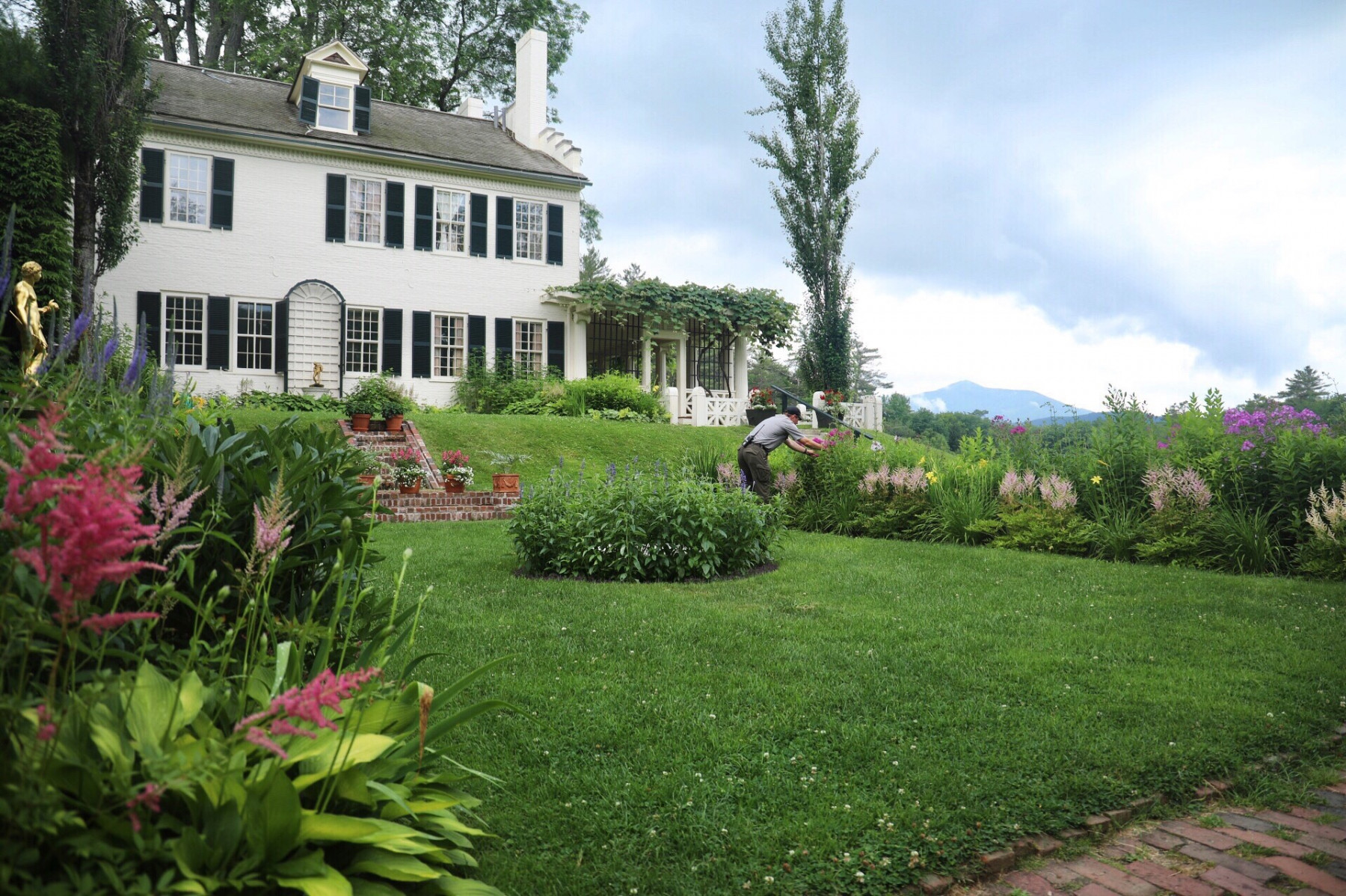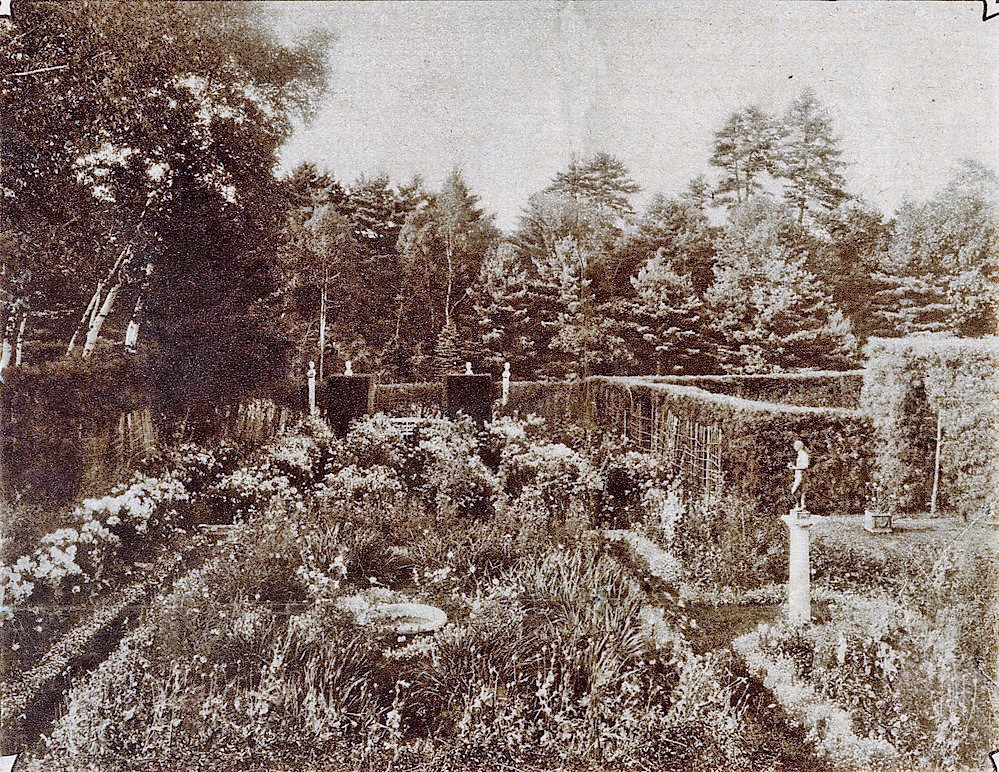
I love the feeling of time travel that comes with visiting restored gardens. One of my favorites is Aspet—a garden designed around the home of artist and sculptor, Augustus Saint-Gaudens (1848-1907). The 30-acre garden and 200-acre grounds are now a National Historical Park in New Hampshire.
When I visit gardens like this, one question always arises—what can we visitors gain by looking back to the past? That’s what I asked three people connected with Aspet (named for Saint-Gaudens’ father’s village in France). Kieran Kelly is Aspet’s current gardener; Bill Noble, garden designer and professional in garden preservation, has revitalized areas in the gardens and landscape; and Henry Duffy, Ph.D., is a museum curator and park administrator—“I get to wear the fun hat,” he says, referencing the iconic Smoky Bear head gear.
According to these experts, historic gardens can:

—Provide a glimpse into the evolution of garden styles. Gardener Kieran Kelly sums up a key characteristic of restored gardens. He says they “combine the legacy of the past with the anticipation of the future.” At Aspet, that legacy includes stylistic perspectives from various designers throughout the garden’s history. Augusta Saint-Gaudens (the artist’s wife) initially focused on plant material with harmonized and blended colors, arranging flowers in what Henry Duffy describes as, “a wash across the landscape.” Later on, Ellen Shipman (garden designer and member of the Saint-Gaudens artist colony) emphasized showcasing specific plant families, such as lilies, and creating pleasing combinations. While today in contemporary gardens, we would see structural and spiky plants with vivid colors, when we look at past styles at Aspet, we get a better perspective on our own design choices.

—Help us notice what hasn’t changed. The use of native plants may seem like a modern idea, yet, many stalwart New England shrubs and trees were employed in Aspet’s original designs. Dug from the edges of fields, they may have been “seen as cheap and available,” Bill Noble points out. However, he says, they have continued to be valued in the landscape. Natives can make our own gardens more resilient.
—Highlight which cultivars work well for a specific location. Of course, some plants original to this historic garden are no longer here. Henry Duffy tells me that designers like Rose Nichols (the niece of Augusta Saint-Gaudens) and Ellen Shipman kept greenhouses with plant material they could use in their clients’ gardens. Many of these plants are no longer in the trade or they’re not feasible to manage now. “We use solid performers that are maintainable,” says Bill Noble, “plants appropriate to that place and ones that can last.” Those varieties make great take-away suggestions for home gardens.
—Give us a look to the future. Gardener Kieran Kelly says, “Plans are always being made for improvement to the gardens that involve a certain amount of hope, combined with some uncertainty about the eventual outcome.” Change will happen. All gardeners of every time period can relate to that.


